
Do you know that a Sterilizer Machine is an integral part of the healthcare facility?
All hospitals need to sterilize their equipment and supplies, and also sterile dressing materials, and is important just like when patients sterilize baby bottles in a bottle sterilizer, or bottle warmer and baby food.
If your hospital has a full surgical unit, the sterilization of surgical instruments and linen, along with dressing materials for the wards and operating theater, plays a key role in infection control.
Moreover, if ICRC or the International Committee of the Red Cross supports your healthcare facility.
Then you need to provide safe, sterile surgical material and safe blood for transfusion.
This is even more important when the ICRC is working in a general hospital setting where elective or semi-elective surgery is a routine part of the workload.
It is important to note that processing potentially infected material also presents a hazard to medical staff.
Therefore, the procedures for cleaning and disinfecting these materials should provide protective measures for those who handle them.
let’s learn more about it in detail.
The flow of Instruments through Sterilizer Machine
Let’s discuss the flow of medical instruments through these machines:
The Cleaning or Dirty Zone This is the area where you will collect reusable, registered, cleaned, and dried instruments.
However, make sure you carry out the steps in one direction and that nothing moves back towards the dirty zone.
Dirty and clean items must never cross. Moreover, make sure that you lay out the dirty zone in the above way.
However, in some settings, a wall may help to separate the dirty zone from the clean zone.
Make sure to check all the instruments before they leave the dirty zone and before drying and packing them.
If any item does not go through the process of cleaning, re-clean them before they leave the dirty zone.
The Packaging or Clean Zone This is the area for checking/inspecting instruments, reassembling instrument sets, high-level disinfection, packaging, and storage of packages that are ready for sterilization.
In case there is some damage to the instruments, separate them from the dirty zone by a wall, with a door or a wicket.

Autoclaving or Sterile Zone In this area, you will sterilize the instruments by electric steam sterilization in an autoclave.
Moreover, it is important to make sure that there is enough space on all the sides of an autoclave for safe use and maintenance.
Storage and Distribution Zone You will have to store and distribute sterile packages in this area.
Additionally, it is important to have a storage place in which you will have to place the instruments and sterile items to protect them from the risk of contamination.
This includes dust, insects, damage to package, humidity, and light.
And in which it will be able to maintain the sterile status until you use them again.
Learn more about Sterilization and Disinfection here.
Sterilier Machine: Autoclaves
You can use Autoclaves or Steam Sterilizers for healthcare or industrial applications.
An autoclave is a machine that uses steam under pressure to kill harmful bacteria, viruses, fungi, and spores on items that you will have to place inside a pressure vessel.
Moreover, the machine will heat the items to an appropriate sterilization temperature for a given amount of time.
The moisture in the steam efficiently transfers the heat to the items in order to destroy the protein structure of the bacteria and spore.

Furthermore, in a healthcare setting, the term ‘autoclave’ is used as the nomenclature to describe a Steam Sterilizer.
Histroy of Autoclave Machine The steam digester, a prototype of the autoclave.
Also popular as a pressure cooker was invented by French-born physicist Denis Papin in 1679.
It was until 1879 that the French microbiologist Charles Chamberland created a new version: Autoclave to use in medical applications.
The science of disinfection and sterilization began in 1881.
This is with Robert Koch whose research is on the disinfecting properties of steam and hot air.
In 1993, however, the pressure steam sterilizer was introduced.
It helps to control performance by measuring the temperature in the chamber drain line.
Learn more about Disinfectant Machine here.
Working of an Autoclave
Autoclaves help to sterilize medical devices in a healthcare setting.
You will need to place the items to sterilize inside a pressure vessel or a chamber.
However, three factors are critical to making sure there is successful steam sterilization in an autoclave.
These are time, temperature, and steam quality.
1# Conditionin Phase, C Air inhibits sterilization and it must remove from the chamber during the first phase.
This phase of the sterilization cycle is Conditioning.
In dynamic air removal-type steam sterilizer machines, it removes the air from the chamber using a vacuum system.
Moreover, it can also remove without a vacuum system using a series of steam flushes and pressure pulses.
Gravity-type sterilizer machines use steam to displace the air in the chamber and force it down the sterilizer drain.
2# Exposure Phase, S After air removal, the sterilizer drain closes and admits steam continuously into the rapidly.
This rapidly increases the pressure and temperature, inside to a predetermined level.
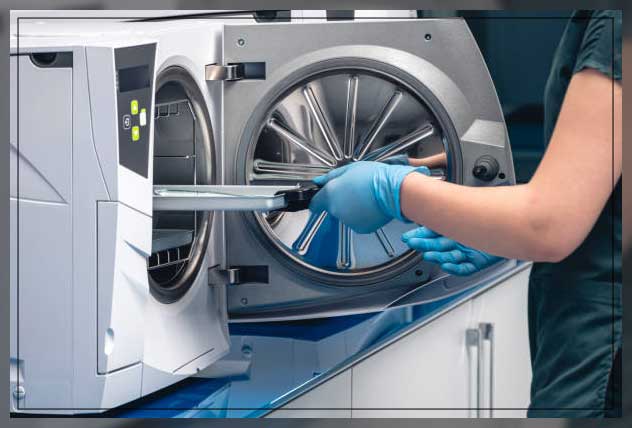
The cycle enters the exposure phase and items that it holds at the sterilization temperature for a certain amount of time need to sterilize.
3# Exhaust Phase, E During the final phase, exhaust, the sterilizer drain opens and removes the steam.
This depressurizes the vessel and allows the items in the load to dry.
One of the important things to note is that quality steam is important to a successful autoclave sterilization process.
The steam is uses has a composition of 97% steam or vapor, and 3% moisture or liquid water.
Additionally, this ratio is for the most efficient heat transfer.
However, when the steam moisture content is less than 3%, the steam is as superheated or dry.
Superheated steam is too dry for efficient heat transfer and is inefficient for steam sterilization.
Sterilizer Machine: Autoclave Temperature Range and Cycle Time Frame
The commonly recommended temperature for steam sterilization is 250° F (121° C), 270°F (132°C), or 275°F (135° C).
In order to kill the microorganisms present, the items you need to sterilize needs exposure to these temperatures for the minimum time.
This time is by the manufacturer for the device it processes.
On the other hand, the exposure time necessary to sterilize the device and it does not include the entire cycle time.
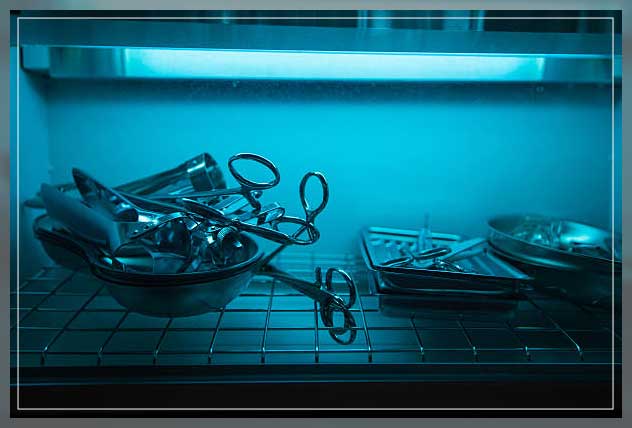
There is a time-temperature relationship for proper steam sterilization which was developed by scientific testing.
And is used in all sterilization methods to create the Total Exposure phase.
Exposure periods for steam sterilization vary with the size, shape, weight, density, and material composition of the device that is sterilizing among other factors.
Learn more about Dubai Medical Equipment here.
Industrial Autoclaves vs. Medical Autoclaves
It is important to note that you can use autoclaves in a variety of industrial and medical equipment.
Industrial autoclaves help in manufacturing environments to process parts and materials using heated steam and pressure.
For instance, in the manufacturing of pressure-treated woods and specialized rubbers that are used in tyers of your car.
Moreover, autoclaves are also helpful in scientific research and pharmaceutical industries.
Beyond sterilizing equipment that you use in laboratory research, most autoclaves come with a liquid cycle to sterile liquids in laboratory environments.
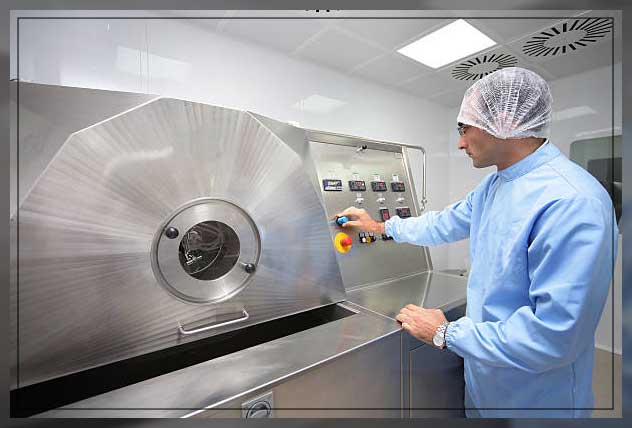
While medical steam machine that you use in a healthcare environment for sterilization of heat and moisture-stale items like surgical instruments implanted medical devices, and surgical drapes and linens.
The cycle it uses in medical steam sterilizer is developed and validated according to recognized industry standards.
In the United States, steam sterilizers need to be cleared by the Food and Drug Administration for the sterilizer manufacturer’s stated intended use.
Learn more about Medical Supplies Dubai here.
Cost of a Sterilizer Machine
The cost of a sterilizer machine or an autoclave can vary a lot because of the various uses and applications of this technology.
Industrial or pharmaceutical autoclaves are often customized and manufactured for specific use.
These costs are more likely to differ, in comparison to autoclaves you find in a hospital or a dental office.
However, in healthcare applications, the cost of an autoclave can range by capacity and installation method.
Other than the initial cost of the autoclave, you also need to consider the maintenance and cost of sterility assurance and monitoring products.
Depending on the autoclave manufacturer, the costs per cycle, utility consumption, and maintenance costs can vary over time.
Ans you should also evaluate them to compare the total cost of ownership over time.
Learn more about X-ray Machine here.
Wrapping it Up
The Sterilizer machine is a critical part of your healthcare system. It helps to avoid the chances of transmission of hospital-associated infections. HAIs may include spores, bacteria, viruses, and fungi. These can lead to diseases not only in the staff but also in the patients that come to receive health care facilities.
With the help of an autoclave sterilizing machine, you can sterilize surgical equipment, laboratory instruments, pharmaceutical items, and other materials. It can also help sterilize solids, liquids, hollows, and instruments of varying shapes and sizes. Moreover, autoclaves vary in size, shape, and functionality.
We at Engiomed aim at providing the best medical and sterilizing machines. You can contact us or visit our website for more details.


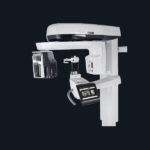
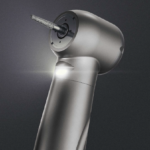
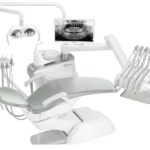
Comments